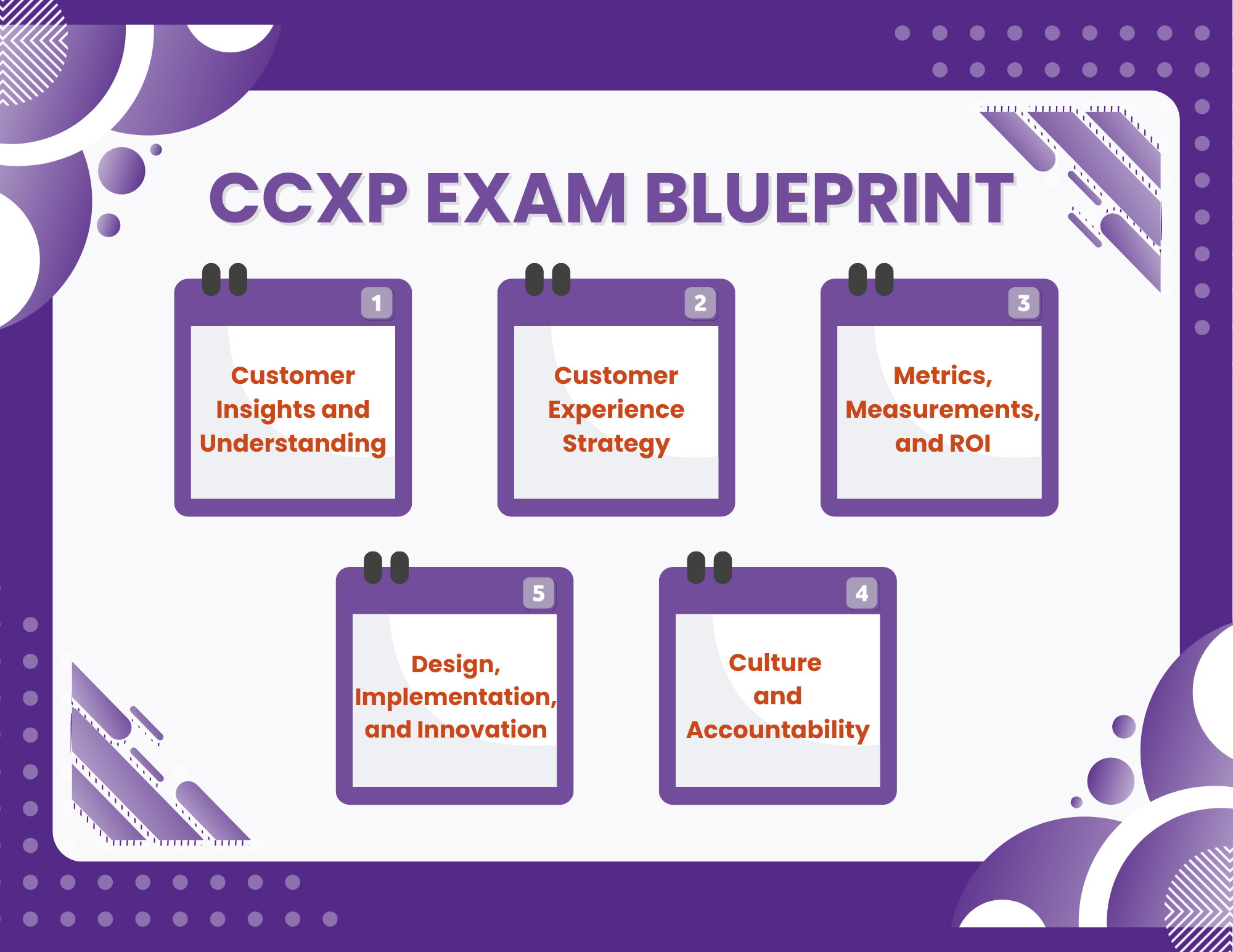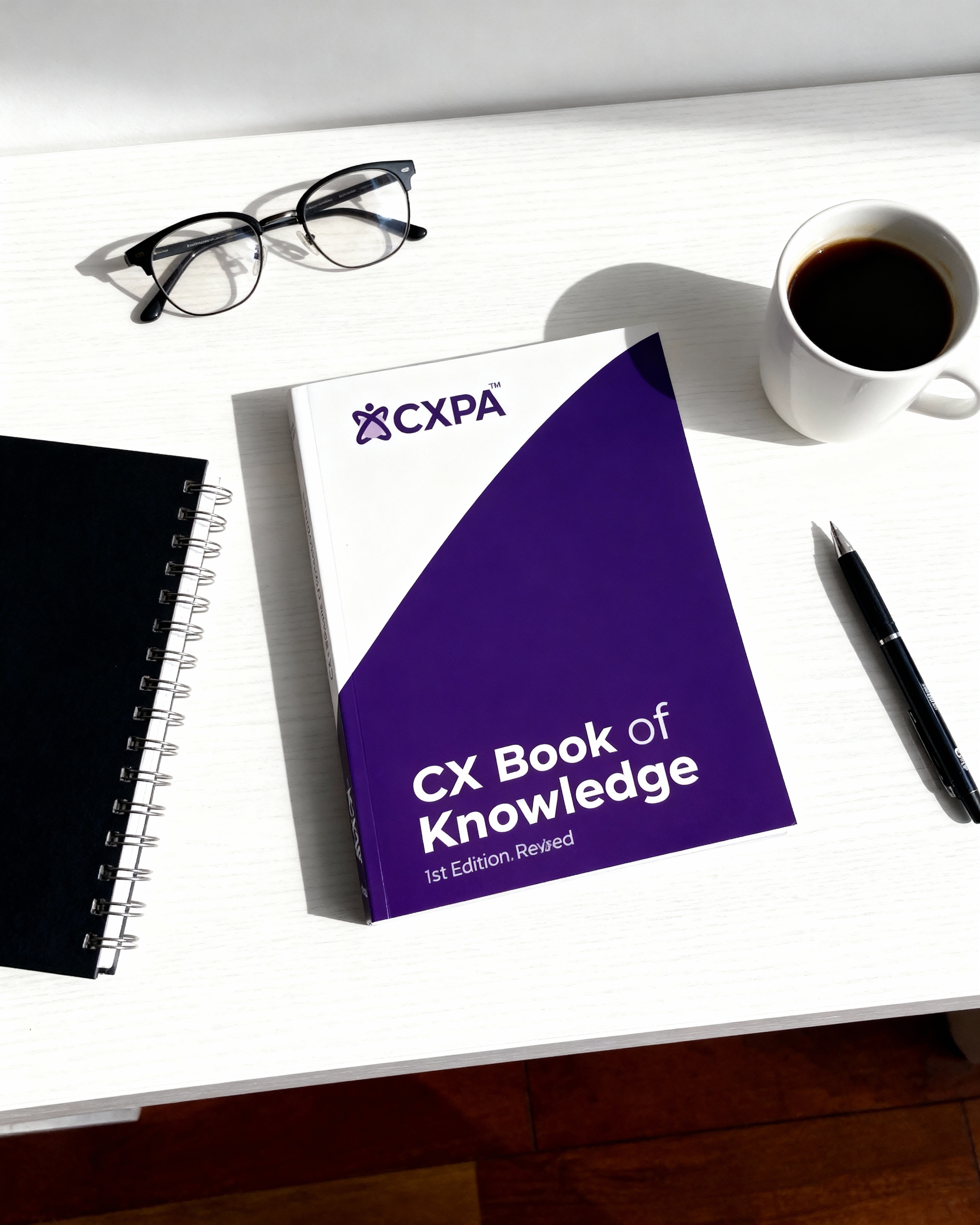The CCXP exam tests your knowledge across five core competency areas that define excellence in customer experience management.
The exam consists of 100 multiple-choice questions. Minimum passing score is 80.

These providers offer exam preparation aligned with official CCXP policies. CXPA has reviewed their qualifications and curriculum and granted each the status of CXPA Recognized Training Provider.
Be cautious of non-CXPA aligned preparation courses.
While many organizations offer CCXP prep courses, not all align with the official CCXP exam blueprint and competencies. To ensure you're studying the right material:
Each CXPA RTP has been vetted by CXPA and offer curriculum aligned with exam requirements.
The CXPA CX Book of Knowledge provides over 300 pages of clear, practical guidance on terms, processes, and theory essential to understanding customer experience. Organized into the same five competency areas tested on the CCXP exam, the CXPA CX Book of Knowledge is a thorough, approachable primer that has the value of an academic textbook told through the informed voice of experienced CX professionals. While it does not replace the value of an instructor-led course or address the test-taking experience, it can be an essential tool in your personalized preparation and study. CXPA members can read for free online, with additional options available below.
